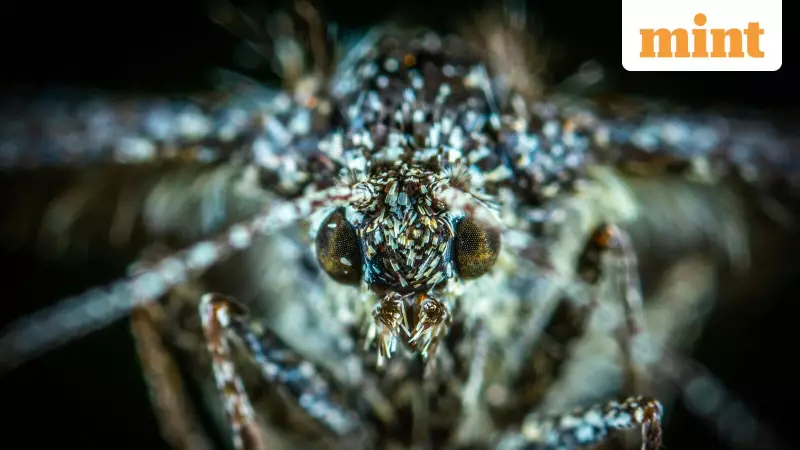
In a surprising twist of ecological warfare, Hawaii is deploying an army of mosquitoes across its pristine forests—but this isn't your typical pest control story. Scientists are deliberately releasing nearly 500,000 mosquitoes each week as part of a groundbreaking strategy to save the islands' rapidly disappearing native bird population.
The Unconventional Battle to Save Hawaii's Feathered Treasures
Hawaii's unique forest birds, including the vibrant honeycreepers, are facing extinction due to avian malaria transmitted by invasive mosquitoes. As climate change pushes mosquitoes into higher elevations—the last remaining bird habitats—conservationists have turned to innovative science for solutions.
The Wolbachia Method: Nature's Own Birth Control
The strategy centers around a fascinating biological phenomenon. Researchers are releasing male mosquitoes infected with Wolbachia, a naturally occurring bacteria. When these laboratory-reared males mate with wild females, the resulting eggs don't hatch, effectively reducing the overall mosquito population over time.
This approach offers several advantages:
- Targeted impact on specific mosquito species
- No chemical pesticides or environmental toxins
- Self-sustaining population reduction mechanism
- Minimal impact on other insect species
A Race Against Time for Hawaii's Avian Heritage
The urgency cannot be overstated. Several Hawaiian bird species have already disappeared forever, and remaining populations are critically endangered. The 'akikiki, for instance, has seen its numbers plummet to fewer than 50 individuals in the wild.
What makes this situation particularly dire is that Hawaii's native birds evolved without mosquito-borne diseases, leaving them completely vulnerable when mosquitoes arrived through human activity. The current crisis represents a collision between introduced species and climate change—with native wildlife paying the ultimate price.
Scientific Precision in Conservation
The mosquito release program represents cutting-edge conservation science. Each week, researchers carefully monitor:
- Release locations and mosquito distribution patterns
- Wild mosquito population trends in target areas
- Bird health and nesting success rates
- Environmental impact on non-target species
This method has shown promising results in smaller-scale trials, giving conservationists hope that it could be the breakthrough needed to save species on the brink.
Looking Toward a Mosquito-Controlled Future
While the concept of releasing mosquitoes to control mosquitoes might seem counterintuitive, it represents a new era in conservation biology. Rather than fighting symptoms, scientists are addressing the root cause using nature's own mechanisms.
The success of this program could have far-reaching implications, potentially offering a template for other island ecosystems facing similar challenges. As Hawaii's forests continue to receive their weekly mosquito reinforcements, the world watches—hoping that this bold experiment will secure a future for some of the planet's most unique and threatened bird species.





